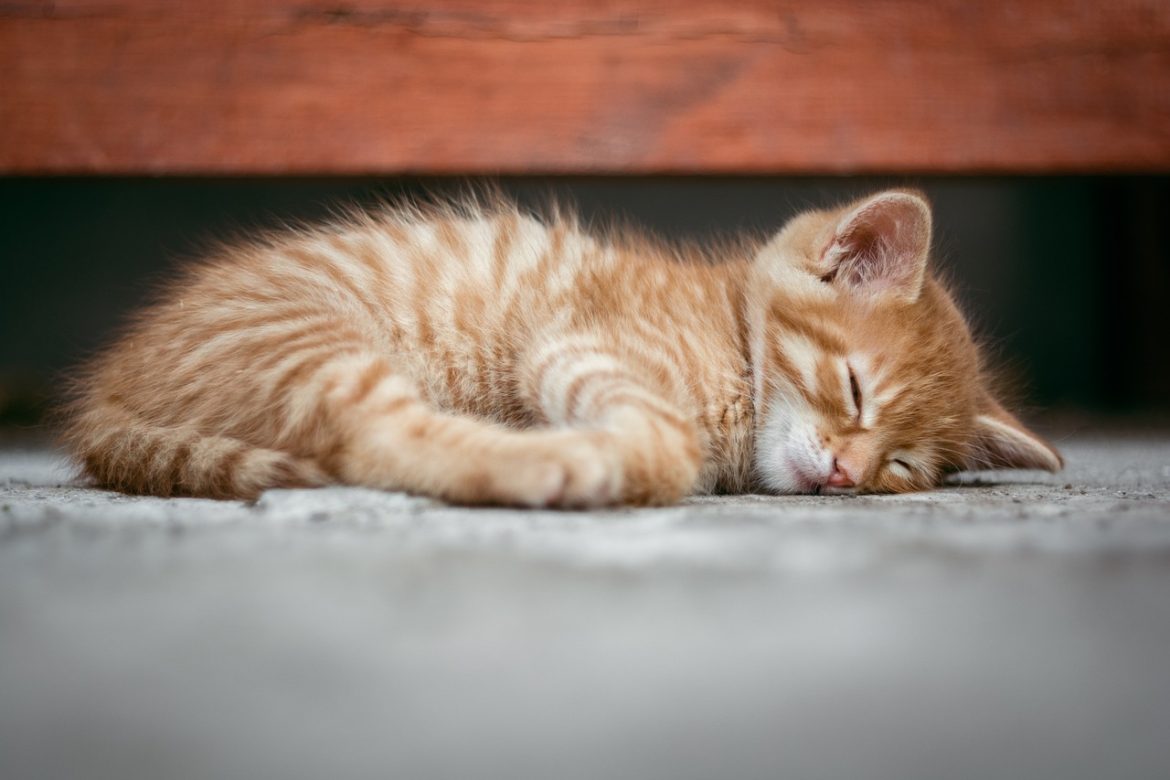Cats are known for their sharp claws and innate desire to scratch. While this behavior is natural and necessary for their physical and emotional well-being, it can also be destructive to your furniture, carpets, and other household items. As a cat owner, it’s important to understand your feline friend’s scratching habits and provide them with appropriate outlets for their needs. In this article, we’ll explore the art of claw control and offer tips and tricks for taming your cat’s scratching habits.

1. “The Art of Claw Control: Understanding Your Cat’s Scratching Behavior”
Cats are known for their sharp claws, which they use for various purposes such as climbing, hunting, and marking their territory. However, their scratching behavior can also be destructive to furniture, carpets, and other household items. Understanding your cat’s scratching behavior is crucial in preventing damage to your home and keeping your feline friend happy.
One important aspect of claw control is providing your cat with appropriate scratching surfaces. These can include scratching posts, pads, and boards made of materials such as sisal, cardboard, or carpet. Place these surfaces in areas where your cat likes to scratch, such as near windows or in front of furniture. Encourage your cat to use these surfaces by rubbing catnip on them or playing with toys nearby. It is also important to trim your cat’s nails regularly to prevent them from becoming too long and causing discomfort or injury.
2. “Scratch No More: Effective Techniques for Taming Your Cat’s Claws”
Cats are adorable creatures, but their sharp claws can be a nightmare for pet owners. Scratching is a natural behavior for cats, but it can cause damage to furniture, carpets, and even people. Here are some effective techniques to help you tame your cat’s claws and protect your home.
Firstly, provide your cat with a scratching post. Cats need to scratch to keep their claws healthy, so it’s important to give them a designated area to do so. Choose a sturdy and tall scratching post that is covered in sisal or cardboard. Place it in a visible and accessible area of your home, and encourage your cat to use it by rubbing catnip on it or playing with toys around it. If your cat still prefers to scratch your furniture, cover it with double-sided tape or aluminum foil to deter them.
Secondly, trim your cat’s claws regularly. Use cat-specific nail clippers and be careful not to cut the quick, which is the pink part of the nail that contains blood vessels and nerves. If you’re not comfortable trimming your cat’s claws, ask your veterinarian or a professional groomer for help. Alternatively, you can use nail caps, which are soft plastic covers that fit over your cat’s claws and prevent them from scratching. Nail caps come in different sizes and colors, and they usually last for 4-6 weeks.
By providing your cat with a scratching post and trimming their claws regularly, you can minimize the damage caused by scratching and enjoy a peaceful coexistence with your feline friend. Remember to reward your cat with treats and praise when they use the scratching post, and never punish them for scratching. With patience and consistency, you can train your cat to scratch where you want them to and save your furniture from destruction.
3. “From Scratch to Snuggle: How to Redirect Your Cat’s Scratching Habits
If you’re a cat owner, you know how frustrating it can be when your furry friend decides to use your furniture as a scratching post. But fear not, there are ways to redirect your cat’s scratching habits and save your couch from destruction.
Firstly, it’s important to provide your cat with an appropriate scratching post. This can be a tall, sturdy post covered in sisal rope or a cardboard scratching pad. Place the post in a prominent location in your home and encourage your cat to use it by rubbing catnip on it or dangling a toy nearby. If your cat still insists on scratching your furniture, try covering it with double-sided tape or aluminum foil to discourage them.
Another way to redirect your cat’s scratching habits is to provide them with alternative activities. Cats love to play, so invest in some interactive toys like a feather wand or laser pointer. You can also create a cozy space for your cat to snuggle up in, like a cat bed or a cardboard box filled with blankets. By providing your cat with a variety of activities and a designated scratching post, you can redirect their behavior and save your furniture from destruction. In conclusion, taming your cat’s scratching habits can be a challenging but rewarding process. By providing your feline friend with appropriate scratching surfaces, redirecting their attention, and using positive reinforcement, you can help them develop healthy scratching habits and protect your furniture at the same time. Remember, patience and consistency are key, and with time and effort, you and your cat can live in harmony. So, don’t give up on your furry companion just yet – with a little claw control, you can enjoy a happy and scratch-free home.

